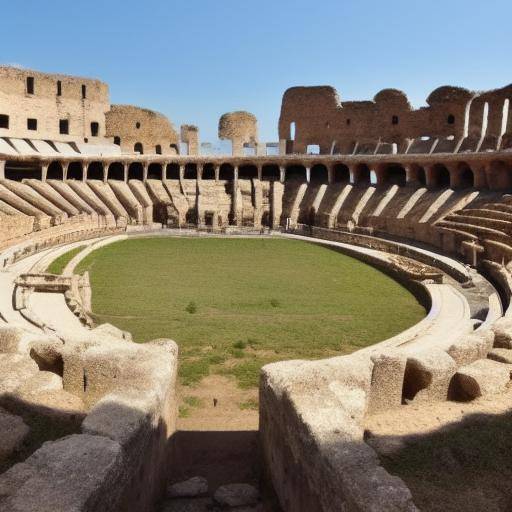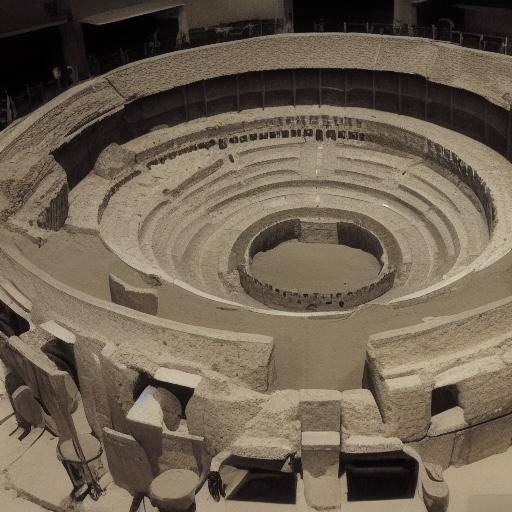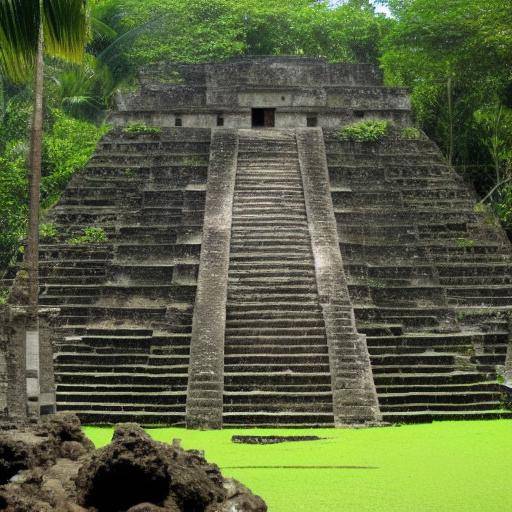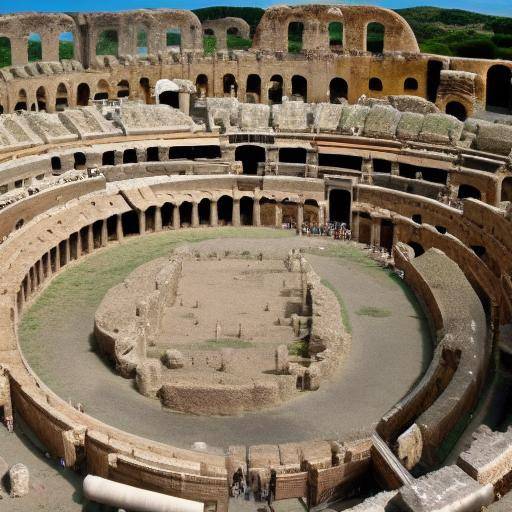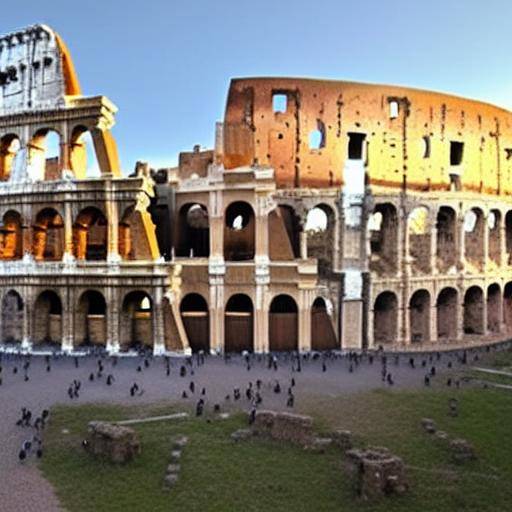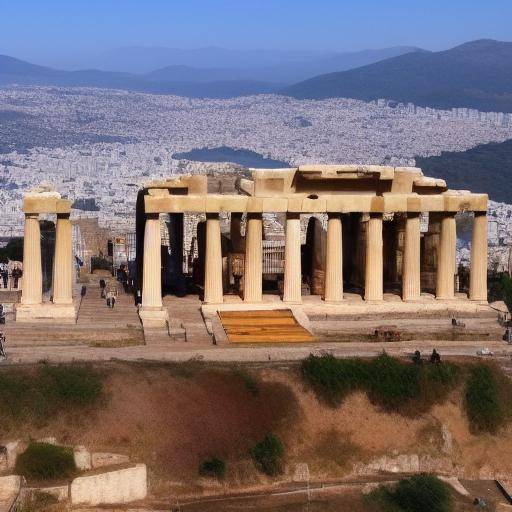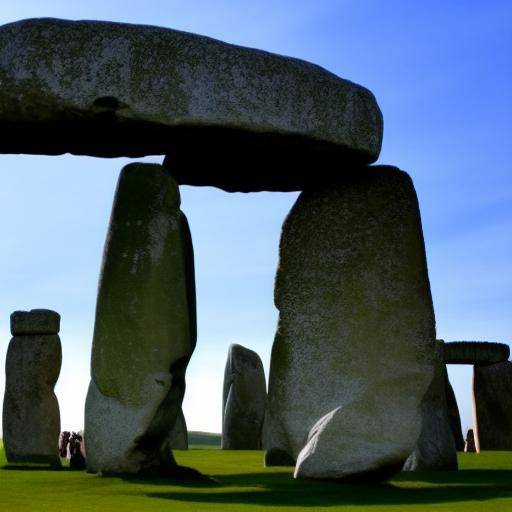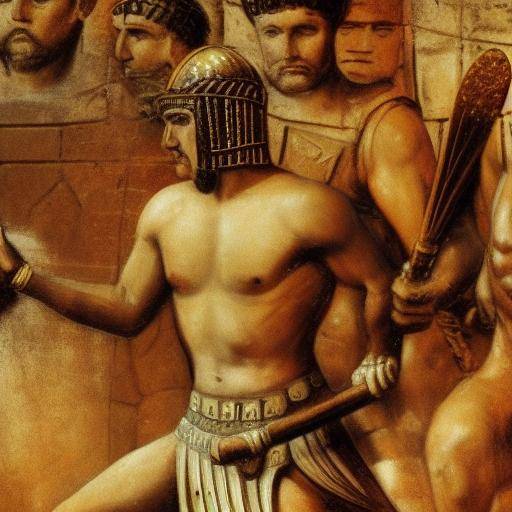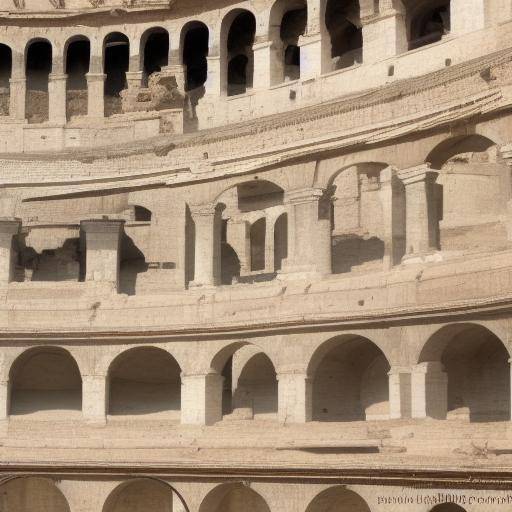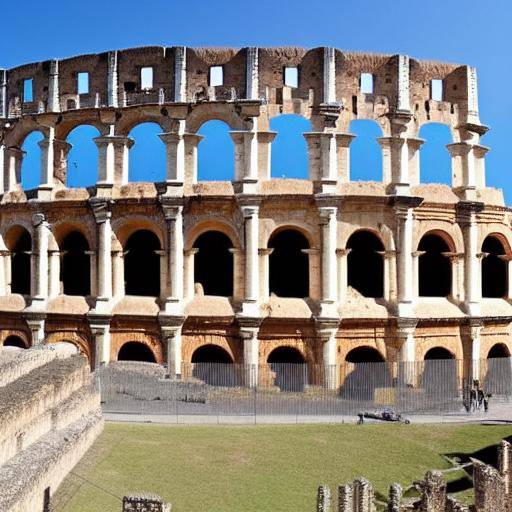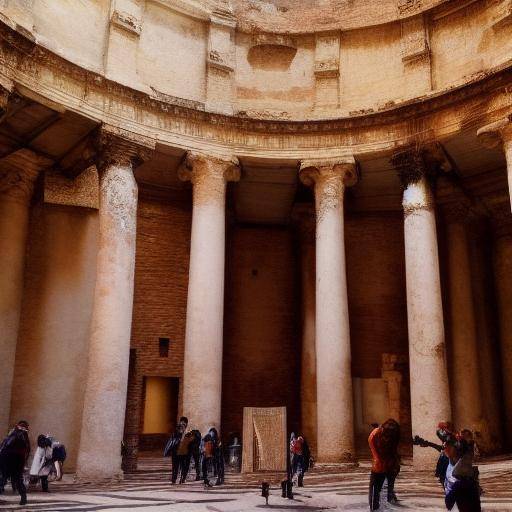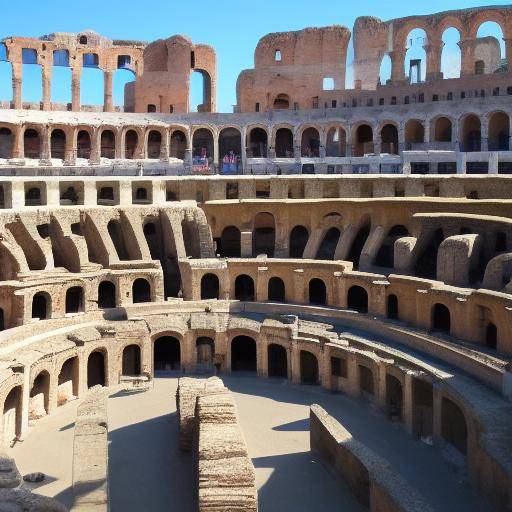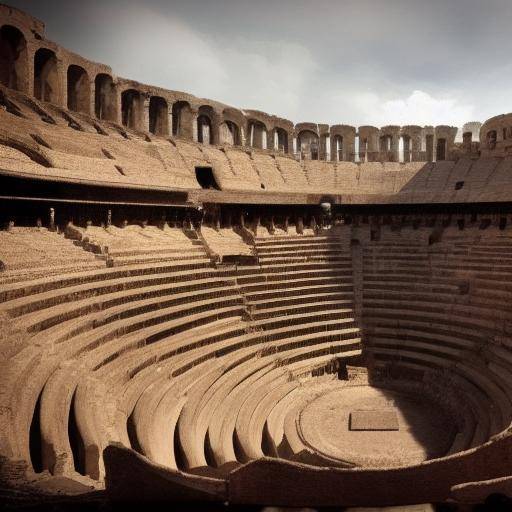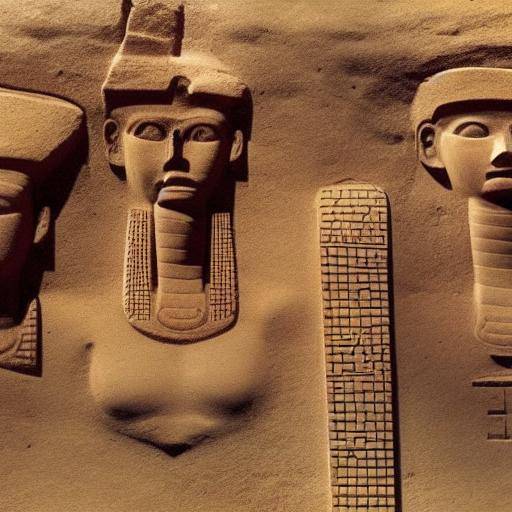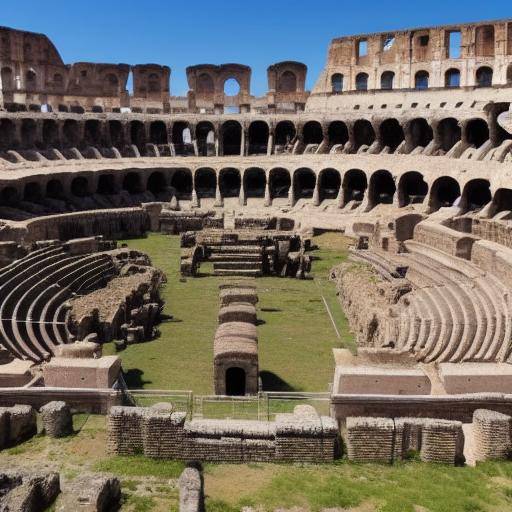
The Roman Colosseum, known worldwide as the symbol of the splendour of ancient Rome, is one of the most impressive and full of history architectural wonders that have endured over the centuries. This guide will take you to a journey through time, unraveling the secrets, greatness, and the legacy of the Roman Colosseum, as well as its connection to the ancient history of Rome. From its construction to the present day, we will explore together history, cultural aspects, and the importance of this emblematic monument that continues to fascinate visitors from all over the world.
Introduction
Built in the 1st century AD in the heart of the ancient city of Rome, the Colosseum is a testament to the greatness and architectural ingenuity of the Roman Empire. Through this guide, we will take you to an exciting journey through the history and restoration of the Colosseum, we will tell you about its glorious events and its lasting legacy that has influenced Western culture to this day. Join us in this exploration of one of the most influential and symbolic monuments of ancient history.
History and Background
The Colosseum, originally known as "Anfiteatro Flavio", was commissioned by the emperor Vespasiano of the Flavia dynasty. This imposing structure was the scene of public shows such as gladiator battles, recreations of famous battles, wild animal hunts and theatrical performances. Over the centuries, it has resisted earthquakes, looting, and the passage of time, becoming a lasting icon of ancient Rome.
Throughout its history, the Colosseum has witnessed events that witness the splendor and brutality of the Roman era. The magnificence of its construction and use provides a unique window to ancient Rome, allowing us to understand both its greatness and its shadows.
Analysis in Deep
The Coliseum, with its monumental architecture, has influenced the design of stadiums and venues for shows throughout history. Moreover, its legacy has transcended the architectural realm to become a cultural icon and symbol of resistance and heritage legacy. Despite the difficulties he has faced, the Colosseum has managed to maintain its relevance through the centuries.
This monument is not only a symbol of Roman splendour, but also a reminder of the great achievements and struggles inherent in human civilization. By knowing its history and legacy, we can appreciate more deeply the cultural wealth and influence of ancient Rome in the modern world.
Comprehensive review
The visit to the Colosseum offers a unique opportunity to reflect on the importance of preserving and assessing our historical heritage. By understanding their role in history, we can identify crucial lessons that transcend time and space. This consciousness empowers us to promote the preservation of historical and cultural heritage in all its forms, training future generations to appreciate and learn from the greatness of past civilizations.
Comparative analysis
The comparison between the Roman Colosseum and other historical monuments reveals the lasting impact it has had on Western culture and thought. Its influence extends beyond its walls, permeating music, art, and contemporary traditions. This contrast reveals the magnitude of its legacy and resonance in modern society.
Practical Tips and Accessible Tips
To make the most of the visit to the Colosseum, it is advisable to book in advance, opt for guided tours for a more enriching experience, and prepare to walk and explore the enclosure thoroughly. In addition, it is essential to respect conservation standards and not to leave any kind of residue in place. It is recommended to wear sun protection, water, and comfortable footwear to fully enjoy the experience.
Industry Perspectives and Expert Reviews
The historical and cultural importance of the Colosseum makes it a crucial reference point for archaeologists, historians, and heritage conservation experts. Its preservation and study continue to offer new perspectives on the evolution of human civilization, as well as valuable lessons on the management and preservation of historical heritage.
Case Studies and Applications in Real Life
The Roman Colosseum remains an inexhaustible source of inspiration for filmmakers, writers, and artists from around the world. In addition, its influence on architecture and urbanism remains relevant today, serving as a beacon of creativity and constructive excellence for professionals of various disciplines.
Future Trends and Predictions
As the awareness of the importance of the preservation of historical heritage grows, the Roman Colosseum stands as a benchmark in the promotion of sustainable practices. Emerging technologies, such as increased reality, promise to enrich the experience of visitors, offering unique perspectives on the history and majesty of the Colosseum.
Conclusions and FAQs
In conclusion, the visit to the Roman Colosseum offers an intimate perspective of the greatness and complexity of ancient Rome. His legacy continues to resonate in the modern world, serving as a beacon of inspiration and learning for future generations.
Frequently asked questions
**1. How to get to the Roman Colosseum?**A: The Colosseum is located in the centre of Rome, so it can be easily reached by public transport or on foot from many parts of the city.
**2. What is the best time to visit the Colosseum?**A: Spring and autumn are usually the most pleasant seasons to visit the Colosseum due to temperate climate and the least influx of tourists.
**3. Can tickets be purchased in advance?**A: Yes, it is recommended to book tickets in advance, especially during the high season, to avoid long queues.
**4. What other nearby attractions can be visited?**A: The Roman Forum and the Palatine, both located in the vicinity of the Colosseum, are two essential attractions to complement the visit.
**5. Are you allowed to take photographs inside the Colosseum?**A: Yes, it is allowed to take photographs for personal use, but the use of flash and professional equipment may be restricted.
**6. How long do you need to visit the Colosseum?**A: It is recommended to spend at least two or three hours to fully enjoy the visit to the Colosseum and explore its surroundings.
With these recommendations and knowing more about the history, glory and legacy of the Roman Colosseum, you are ready to take your journey to the heart of ancient Rome and immerse yourself in the grandeur of this iconic monument. Enjoy this unique experience!
Remember that any visit to this emblematic place should not only focus on architectural beauty and magnificence, but also on the respect and appreciation of its historical and cultural significance. May your trip to the Roman Colosseum be an unforgettable adventure!

